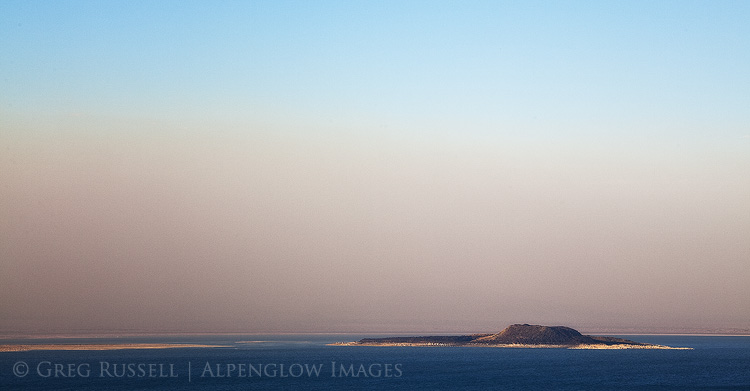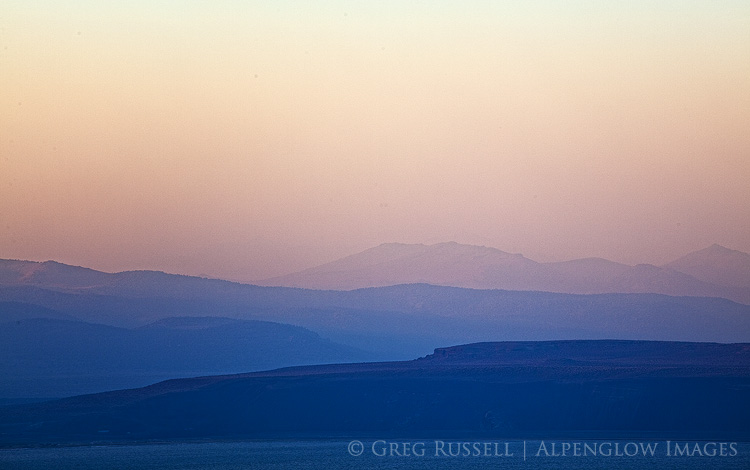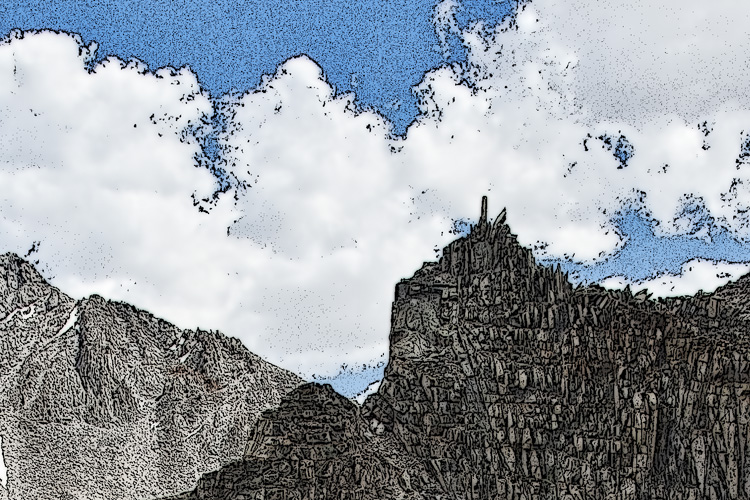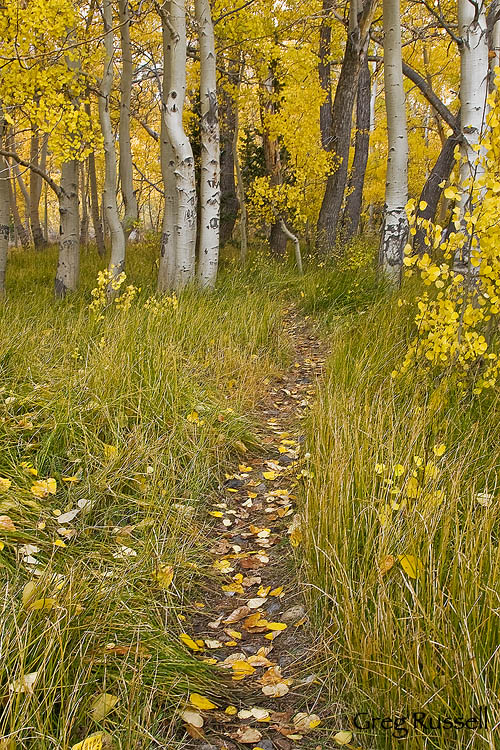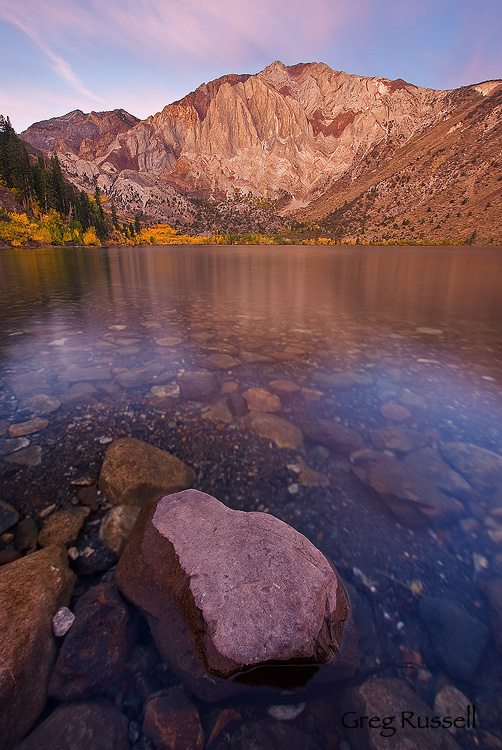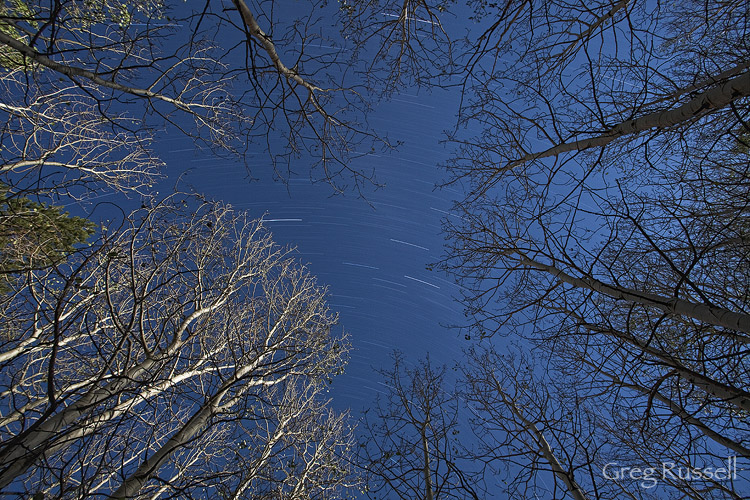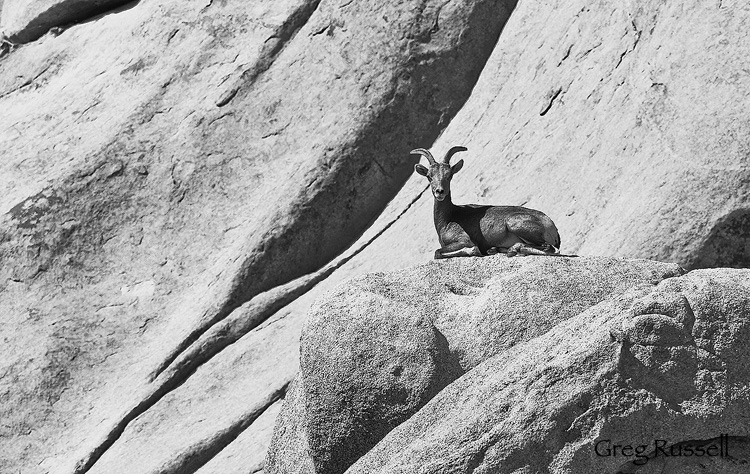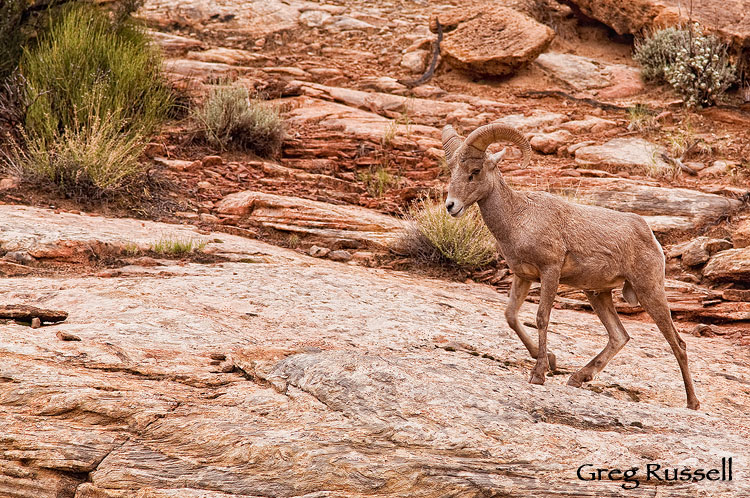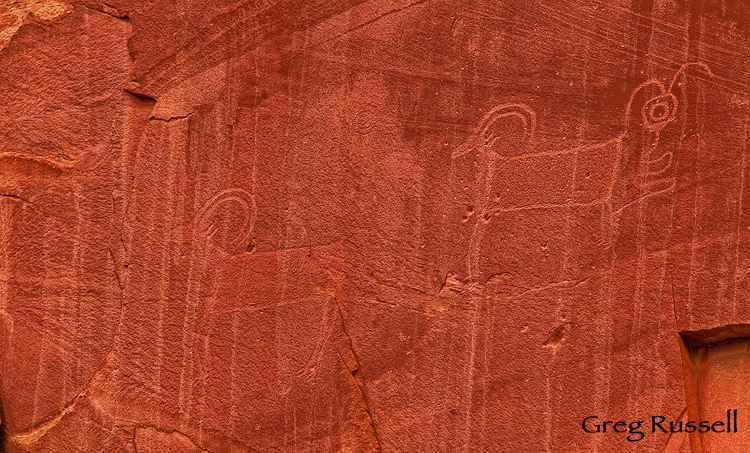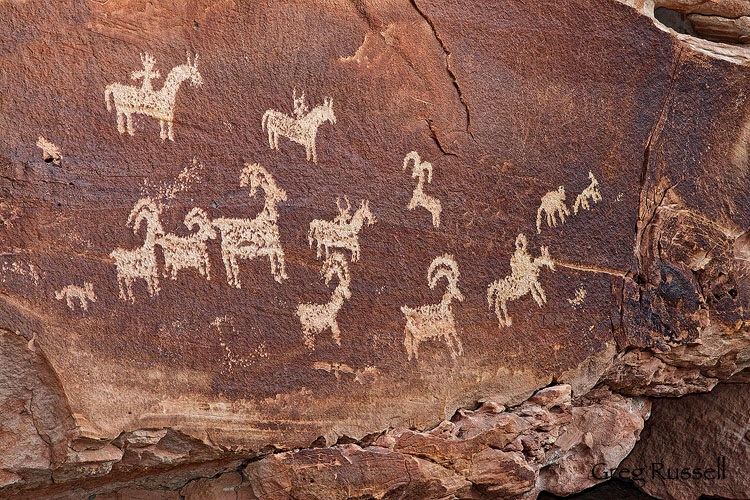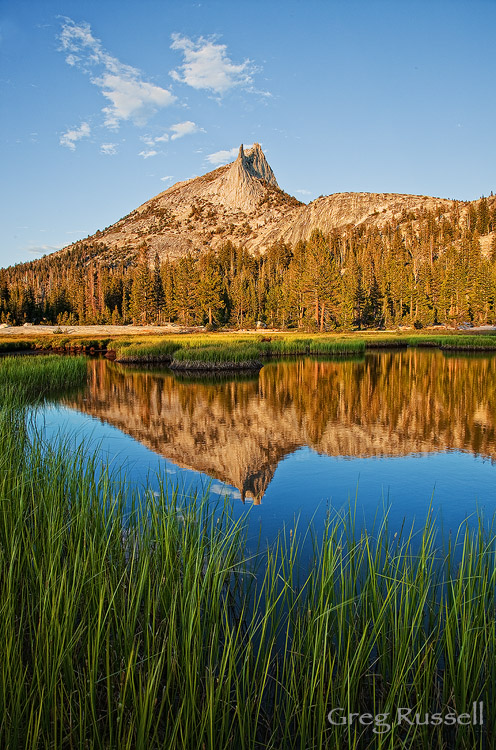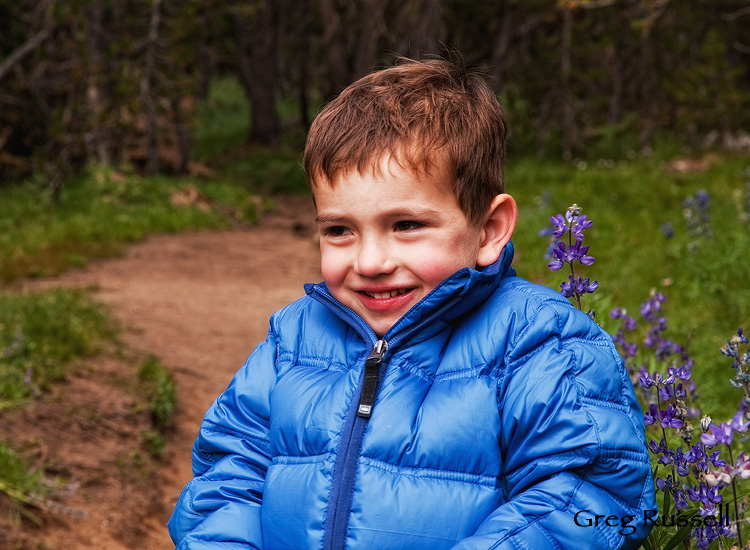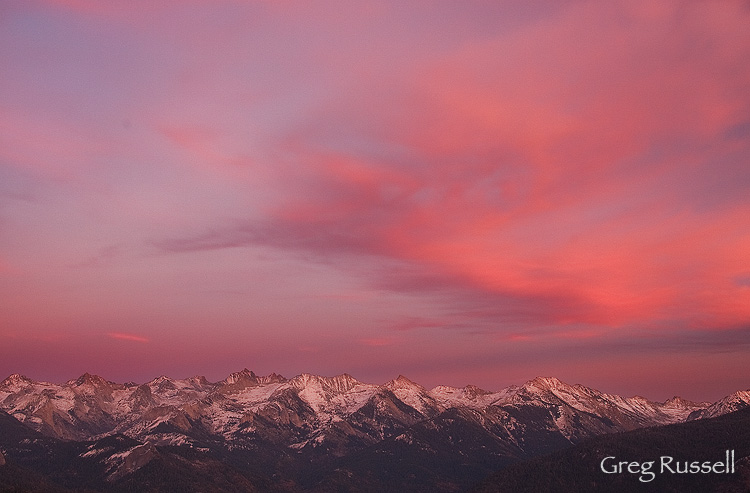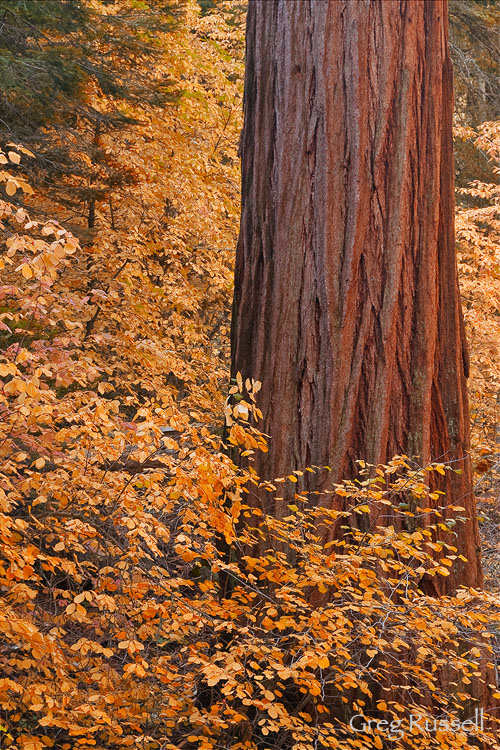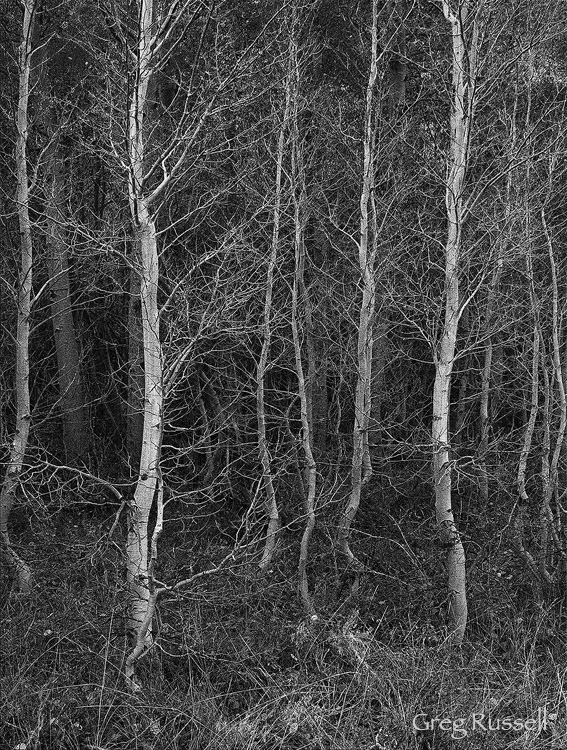This last weekend, my family and I visited the eastern Sierra for an event I was attending. We had a few extra hours on Saturday afternoon and decided to drive up to Tuolumne Meadows. On our way up Tioga Pass, I wondered if we would see any evidence of the Rim Fire. Highway 120, which connects Yosemite’s high country to the Valley is currently closed, so it was very quiet in Tuolumne Meadows, and as I expected, a very large smoke plume was evident across the western and northern skies. As evening arrived, the wind shifted and heavy smoke moved into Lee Vining Canyon, filling the Mono Basin.
Although it’s now 80% contained, the Rim fire has been burning since mid-August, and has charred over a quarter of a million acres, making it one of the most destructive fires in California’s history. Fire is becoming more and more a way of life in the West, but in the face of a blaze this size, outdoor enthusiasts, photographers, hikers, and simply the general public have stood in awe and horror as fire crews scrambled to get the upper hand in hot and dry conditions.
Unlike most people, when I think of Yosemite, I don’t think of the Valley. I think of Tuolumne Meadows and the granite domes, Mts. Dana and Gibbs and the Cathedral Range (one of my favorite mountain chains anywhere). This is the Yosemite I know. Standing there on Saturday, looking at the smoke, something didn’t feel right. I know I’m not alone in this feeling.
In the face of such destruction, whether it’s a forest fire or something more personal and human, we experience a visceral suffering. Pico Iyer had a wonderful op-ed piece in this Sunday’s New York Times, “The Value of Suffering,” in which he concludes that with love and trust, maybe we can be strong enough to witness suffering, and freely admit that we will never get the upper hand over it.
To put it another way, consider the interesting Japanese word nen. Nen is the smallest unit of time any human being can experience, and in any nen one can return to something, anything…whether it’s a breath, partner, path, or choice. This decision to return is the foundation of Zen practice.
In any nen–whether watching the Rim Fire from a distant Tuolumne Meadows or thinking about a loved one, we have the choice to return. I don’t want to distract from the mess that the Rim Fire has caused and allude to any single benefit, but we are an angry enough world as it is; it’s time to return to a more compassionate path and be thankful for the dew that covers the meadow each morning.

